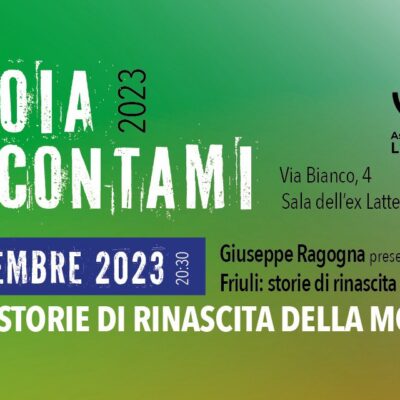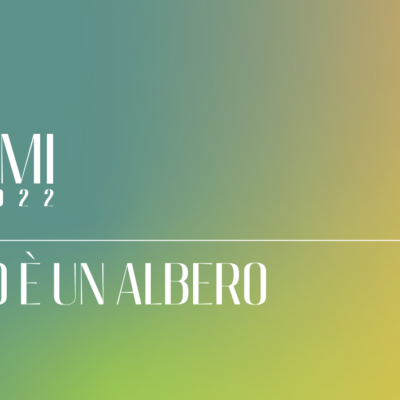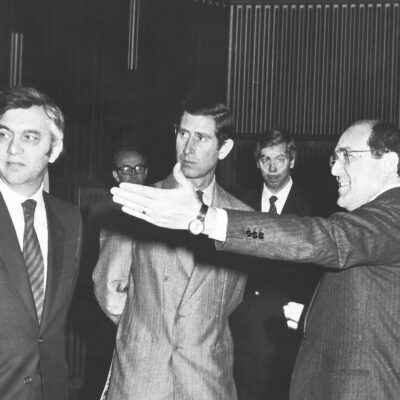The beautiful and mysterious Palmanova is a small town situated in the southern area of the Friulian plain, mostly known because of its peculiar star shape. However, beyond its planning, its history and its current reality, there is still so much to discover.
For example, perhaps not everyone knows that the project of the city, built for military purposes but imbued with the aesthetic pride of the Renaissance, was originally commended to Leonardo da Vinci. Unfortunately the great Leonardo was also committed at the Moro’s court in Milan, so he could only scout the area, visiting our region up to Sagrado and Gradisca d’Isonzo in order to inspect the territory. Therefore the Great Council of the Republic of Venice decided to commend the project to a squad of engineers, authors of treatises and military architets of the Venetian Fortification Office, including the military experts Giulio Savorgnan e Marcantonio Martinengo. The purpose was to protect Friuli and Veneto from the Ottman attacks.
On 7 October 1593 the foreman Vincenzo Scamozzi laid the foundation stone of Nuova Palma. The noun comes from the ancient village above which the city was built: Palmada, which later became Palmanova. At the time, Palmanova turned out to be the largest European stranglehold! Its polygonal nine-side shape is unique and, at the same time, geometrically perfect.
Its structure is based on number three: there are three gates pointed towards the cities of Udine, Aquileia and Cividale, nine strongholds and eighteen radial main streets. Six of those streets converge on a beautiful and rich with historic buildings hexagonal square. In the central Piazza Grande we find the Palace of Provveditore, built up in 1598 and currently used as official seat of the town hall; the Loggia della Gran Guardia, with its group of marble statues representing the Pietà; the cathedral and the belfry, built up in 1776.
Another unmissable attraction of the “star-shaped town” is the Civic and Historic Museum, founded in 1926. There we can go back over the history of Palmanova, travelling through the centuries thanks to the tangible witnesses of the past ages (Venetian, Napoleonic, Austrian, Italian) and the evolution of the town, as (for example) its first planimetries and military documents. The Historic Military Museum, founded in 1987, gives us the chance to visit the defensive walls, whom we can access to through the communication trenches. Moreover, it’s possible to have a guided visit to the strongholds, built by the Venetians and, at a later stage, by the French Napoleonic army. As a matter of fact Napoleon heavily modified the structure of Palmanova, mainly for military reasons: he fortified the stranglehold building the third circle of defensive walls, marked out by the napoleonic lunets.
One last interesting fact: every year in July, for the Redeemer’s day, a big historical reconstruction is organized in Palmanova. This day-long ceremony commemorates July 1602, when the provveditore (or commisioner, in Venetian) Girolamo Cappello raised the banner of the Republic of Venice on the flagpole located in the middle of the central place. During these celebrations, guided visits to the fortress are organized, whereas, if you want to taste some typical Venetian food of the XV Century, you can take part to the Supper Of The Villages (Cena dei borghi), which takes place the evening before the reconstruction.
Many protagonists of the European history passed through Palmanova, and many of them occupied (even if mostly for a very short time) this wonderful town. Nowadays Palmanova has been nominated to the UNESCO World Heritage Site, and it’s a pride for all the Friulians. An authentic treasure, an historical witness we can concretely live, a gift that once again the compelling history of our territory has made to its citizens.
(Translated by Mattias Gerometta)
Sono nata a San Daniele nel 1992 e la passione per le lingue mi ha portato a laurearmi alla SSLMIT di Trieste. Prima di trasferirmi a Bruxelles dove attualmente vivo e lavoro, ho ottenuto un doppio Master in affari europei presso le università di Udine e Strasburgo. Sebbene le mie radici siano ben piantate nel cuore del Friuli, sento un forte slancio che mi porta alla ricerca di nuovi mondi, cosa che posso raggiungere anche attraverso la scrittura. Per questo ho scelto di scrivere per L’oppure, perché è fondamentale ricordare e valorizzare casa propria, facendola conoscere a chi ama scoprire, sognare, ricordare.





